Artist: Tiziano Vecellio (Titian)
Date: 1510
Museum: Santa Maria della Salute (Venice, Italy)
Technique: Oil On Canvas
The theme of the painting is akin to that of the picture by the Master of the Upper Rhineland. In this picture too, the Virgin is seated on the ground in the middle of an enclosed flower garden, in which a spring gushes forth. She is accompanied only by St Catherine of Alexandria and by a great many angels. However, whereas the Frankfurt picture, though it is harmonious like a fairytale, opens up to us a world in which everyday events are beautified, but a world in which one could live, Stefano's painting shows an unapproachable world, which we could not penetrate, experience or live in. This is so not only on account of the figures' expressions suggesting timelessness and not only because of the golden fountain which reminds one of goldsmiths' works for liturgical purposes (in contrast to which the fountain in the picture from the Upper Rhineland is so realistic that it has a ladle, fastened to it with a chain), nor is it due to the sword and wheel (St Catherine's attributes), which bar the spectator from entering the foreground of the Verona picture. It is unapproachable, first of all, because the spatial surroundings are almost undefinable and figures and objects appear to be totally sublime. The ground and the enclosure of the garden, depicted as though seen from above, are of a golden brown hue, and this basic tone is very close to the neutral gold of the background - so a virtually homogeneous surface is created. If we examine it more carefully we shall be surprised to find how intricate the ground-plan of this garden is: its left rear corner juts out, while the enclosure, as soon as it reaches the edge of the picture, changes its direction so as to enclose the front corners too. But due to the homogeneity of forms and colours all this is scarcely noticeable. Against this tapestry- like surface the graceful forms of the figures and plants, often resembling one another, stand out as a decorative ornamental pattern (see, for example, the similarity of the wings of the angels and of the peacocks). In contrast to the Master of the Upper Rhineland, Stefano da Verona did not set carefully observed details of nature side by side but stylized forms and turned them into ornaments.It is the dark area of the Virgin's mantle that stands out most markedly from the homogeneous background. She is seated on a black cushion on the ground, the cushion being surrounded by roses of various colours placed at equal distances from each other. The Madonna is the queen not only of the idyllic empire of timeless harmony, but of the world of eternal, deep sorrow too. She stares sadly into space. The pose in which she sits on the ground is the same in which she is to lament over her dead Son. In fact, the red roses also refer to the martyrdom of Christ, and the numerous dark colours prefigure the austere tones of the Passion.
Artist |
|
|---|---|
Download |
|
Permissions |
Free for non commercial use. See below. |
Tiziano Vecellio (Titian) – Most viewed artworks
|
This image (or other media file) is in the public domain because its copyright has expired. However - you may not use this image for commercial purposes and you may not alter the image or remove the watermark. This applies to the United States, Canada, the European Union and those countries with a copyright term of life of the author plus 70 years.
|
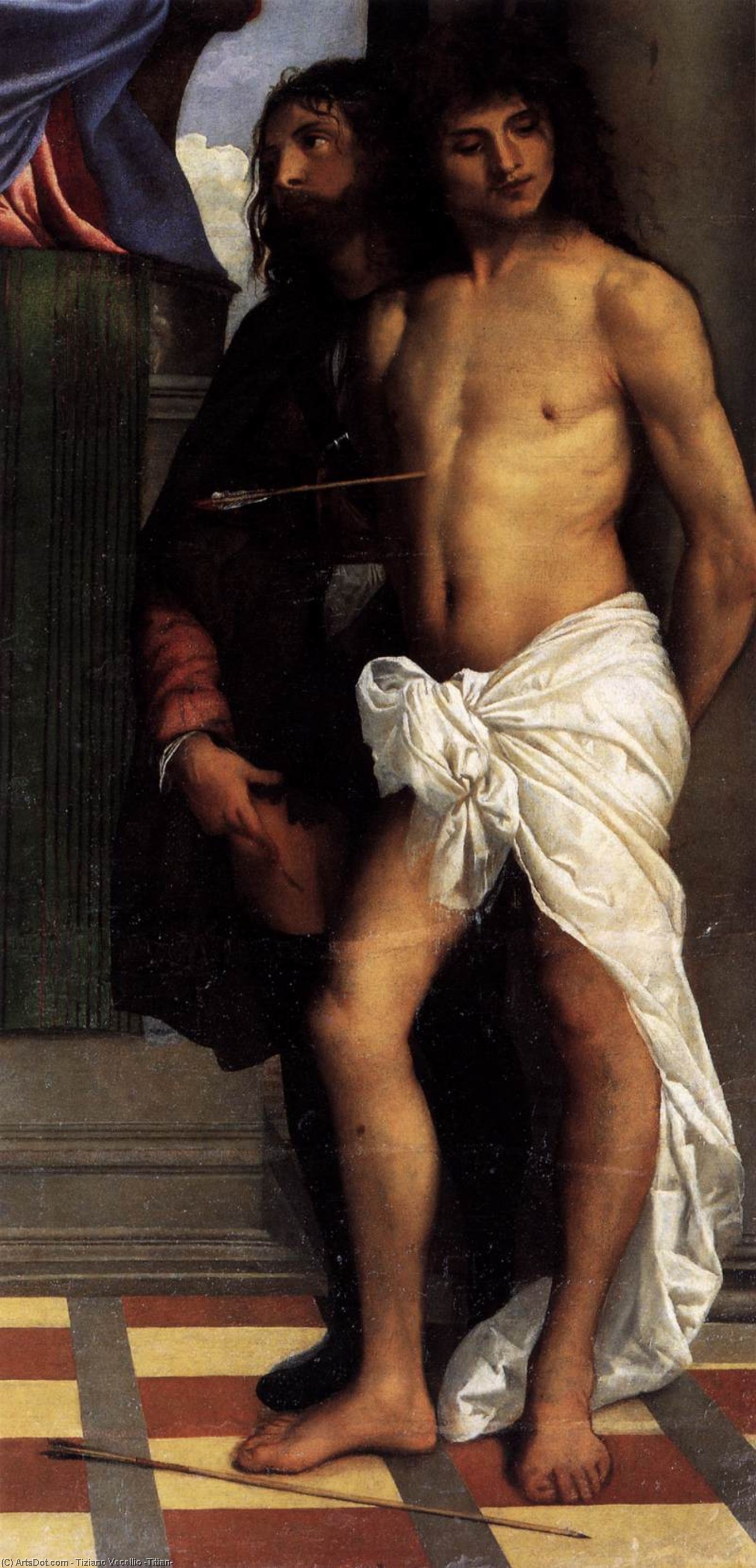
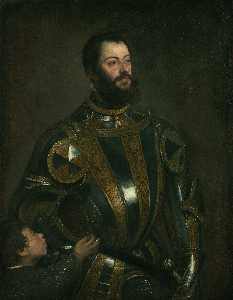
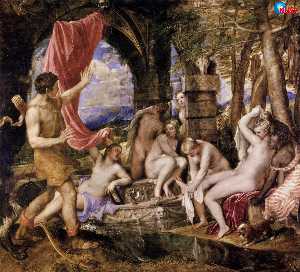
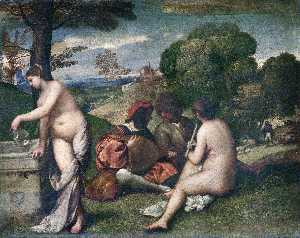
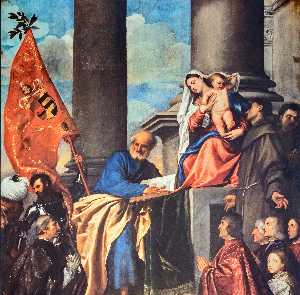
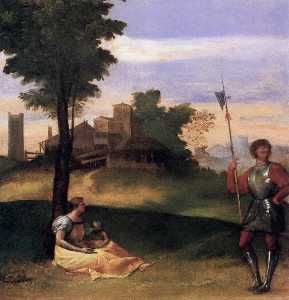
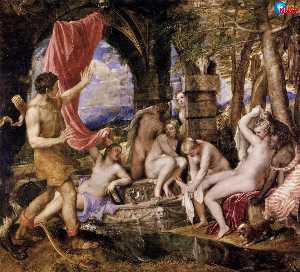

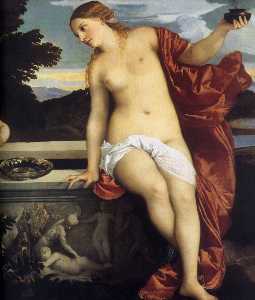
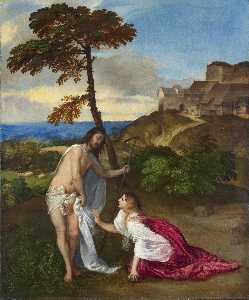

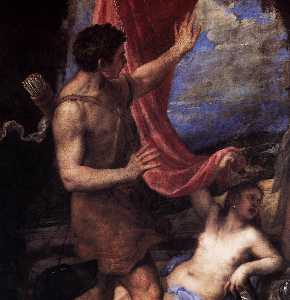

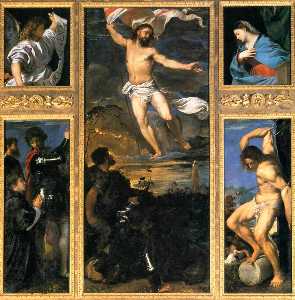
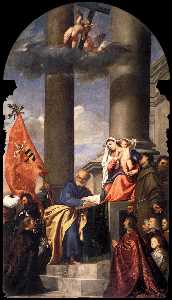
 Note that a few countries have copyright terms longer than 70 years: Mexico has 100 years, Colombia has 80 years, and Guatemala and Samoa have 75 years. This image may
not be in the public domain in these countries, which moreover do not implement the
Note that a few countries have copyright terms longer than 70 years: Mexico has 100 years, Colombia has 80 years, and Guatemala and Samoa have 75 years. This image may
not be in the public domain in these countries, which moreover do not implement the